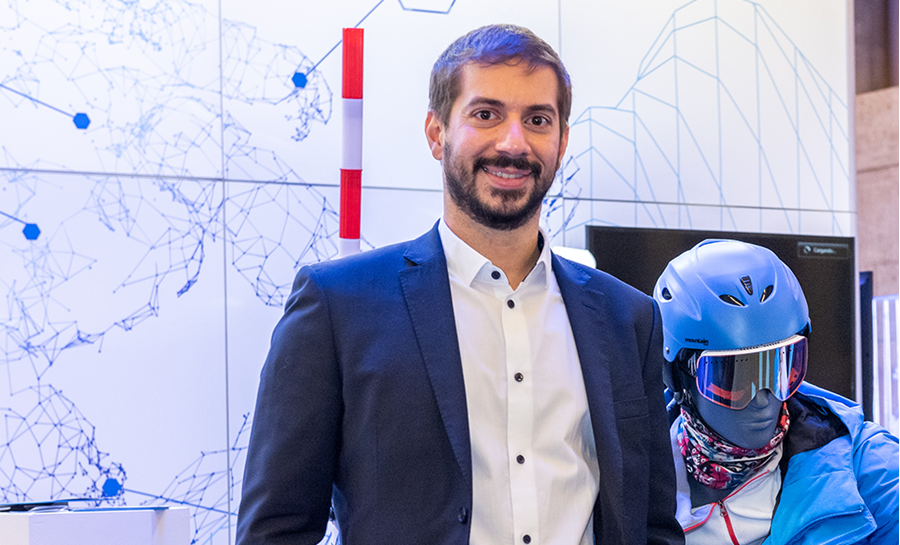Graphene for Photonics and Optoelectronics Applications
Antonios Oikonomou is a business developer for the Graphene Flagship (flexible electronics and wearables devices) and for the Graphene and 2D materials project portfolio at ICFO (optoelectronics and photonics).
Antonios Oikonomou is a business developer for the Graphene Flagship (flexible electronics and wearables devices) and for the Graphene and 2D materials project portfolio at ICFO (optoelectronics and photonics). He has proven experience in research to commercialisation activities from intellectual property creation to venture building in the field of advanced materials and microfabrication. He offers his insights on graphene applications in photonics and optoelectronics.
Q: What is the current state of graphene for photonics and optoelectronics?
Graphene and light are a perfect match! The photonics and optoelectronics application area plays on the combination of graphene's unique properties such as its high carrier mobility and broadband absorption: a result of its very nature as a material. Light detection, modulation and switching are all applications that are progressing towards higher technology and manufacturing readiness levels while having a clear potential to replace or complement conventional technologies.
What is exciting about graphene-based photonics and optoelectronics, is that it is not just about performance improvement or cost reduction but about enabling new functionalities on a component level. For example, graphene exhibits both electro-absorption and electro-refraction and, hence, can be used for ultrafast light modulation and photodetection. This is the key ingredient for the next generation of integrated photonics, for applications in datacommunications and telecommunications. Extremely high data transmission rates through a graphene-based modulator have already been demonstrated.
Similarly, graphene photodetectors can detect light from the UV to infrared and even Terahertz, something that had only been possible through the combination of high-cost materials that were increasing system complexity.
Datacom/telecom, optical spectroscopy, imaging devices, and consumer electronics (e.g., wearables) are just a few example markets that will benefit from graphene-based technologies.
Q: What challenges does graphene face in becoming integrated in photonics and optoelectronics?
As with any new material platform, challenges usually exist around its integration with current production lines. New processes, tools and other complementary innovations have to be developed to bring new materials to the market in a cost-effective and reproducible manner. Complex value chains, such as the semiconductor one, require a well-coordinated effort in-between their actors to clearly understand the benefits of new technologies and how to integrate them with their current processes. Progress is required towards the graphene manipulation and transfer, electrical contacts compatibility/optimization and interface engineering. Luckily, the graphene focused ecosystem is emerging in Europe with the promise of tackling these challenges in the following years and demonstrating scalable processes similar to the ones used in the current microelectronics industry.
Q: What photonics and optoelectronics products or prototypes containing graphene are currently available?
At a prototype component level, there exist modulators, detectors and switches aiming to serve the datacom/telecom industry. Also, implementations of graphene/quantum dot hybrid photodetectors have resulted in prototypes of a broadband spectrometer, a CMOS-integrated image sensor and wearable devices with enhanced functionalities and form factors not possible before. There is an intense patent activity under the photonics and optoelectronics area covering from platform technologies to component and system level integration that has already resulted in the creation of some startups, with more to come soon.

Antonios Oikonomou is a business developer for the Graphene Flagship (flexible electronics and wearables devices) and for the Graphene and 2D materials project portfolio at ICFO (optoelectronics and photonics).




